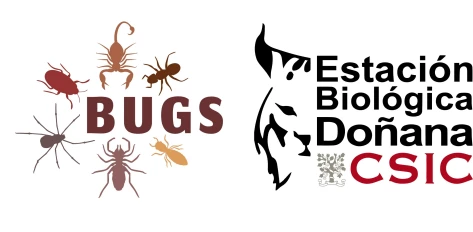As a key component of the Kalahari Biodiversity Project, our BUGS sub-project investigates how climate and land use change influence the diversity, biomass, and population dynamics of soil invertebrates and how these invertebrates interact with the dominant vegetation — critical yet often overlooked processes in dryland ecosystems. Using a newly implemented trapping system for soil invertebrates, we are building a high-resolution dataset on the abundance and diversity of key insect taxa that serve as the main food source for many vertebrate species studied at the KRC. We also monitor the population dynamics of key shrub species and use innovative experiments to assess how facilitation among shrubs and insects can drive ecosystem-level change. This integrative approach enhances our understanding of how biodiversity shifts across ecological layers and informs broader efforts to conserve ecosystem functioning in the Kalahari region.

